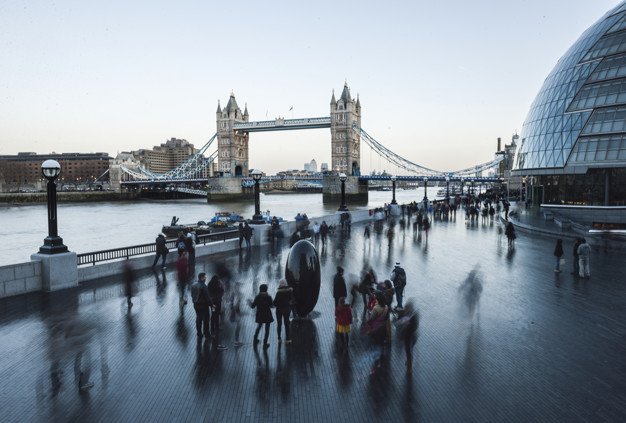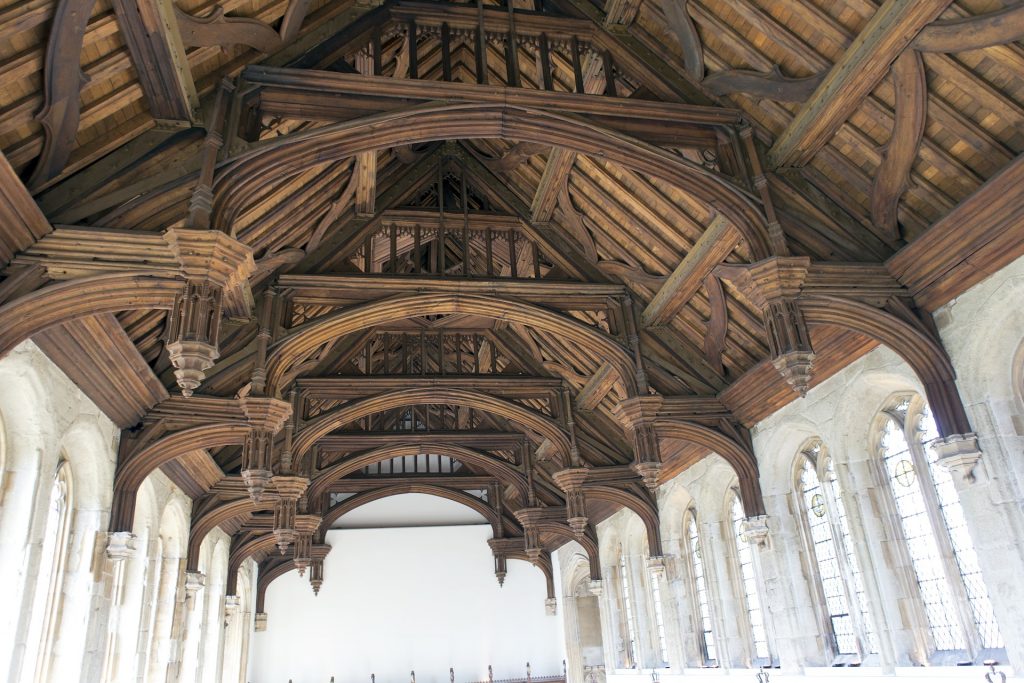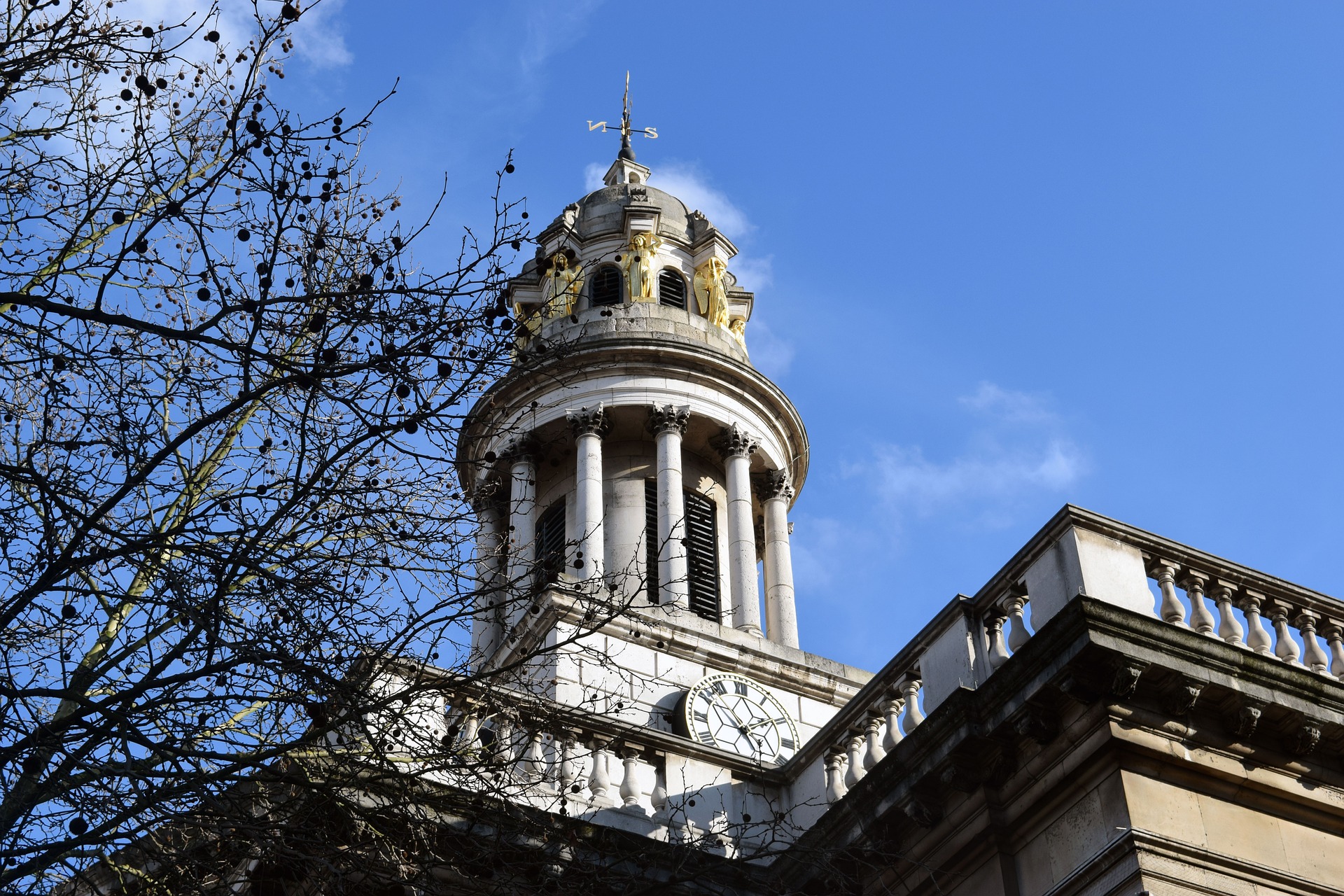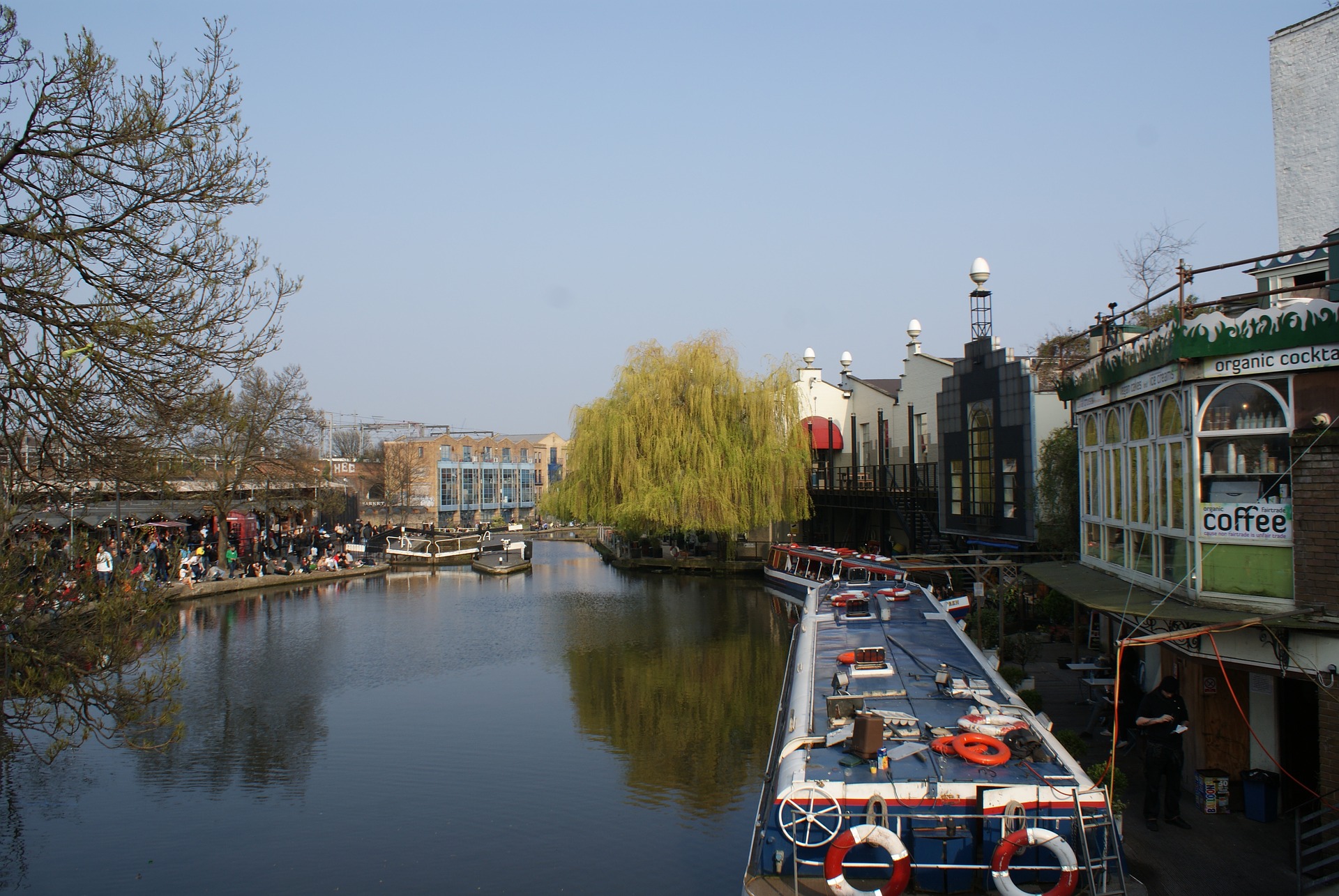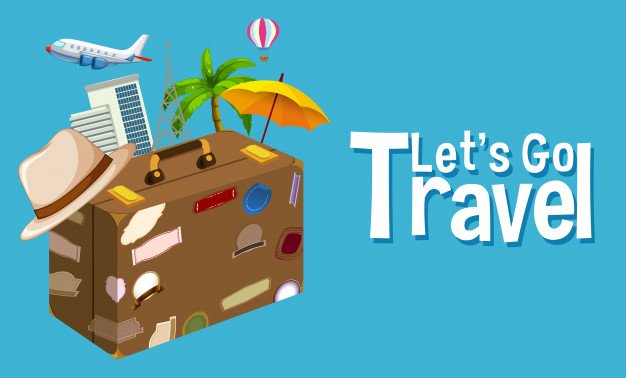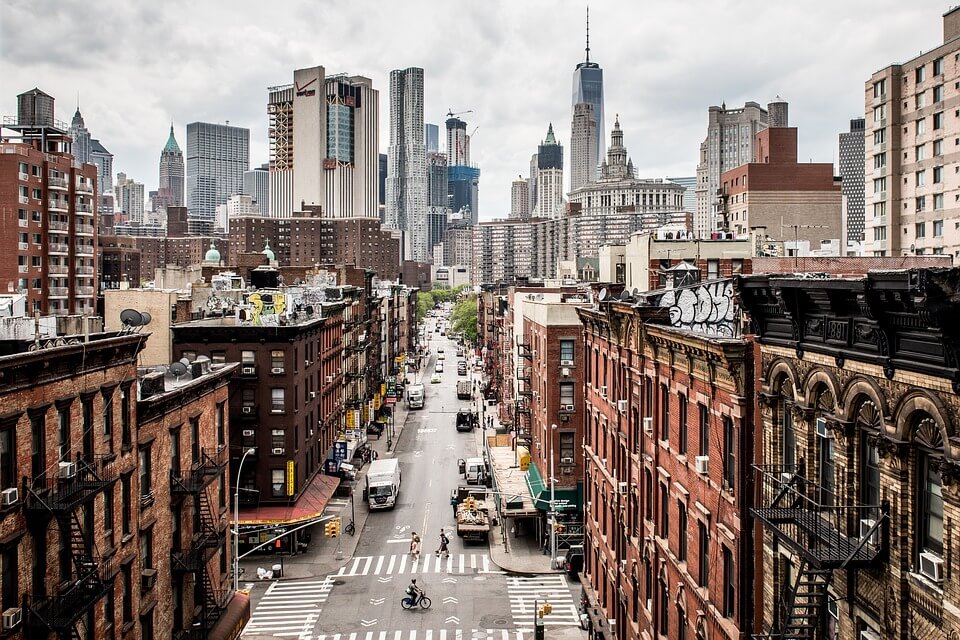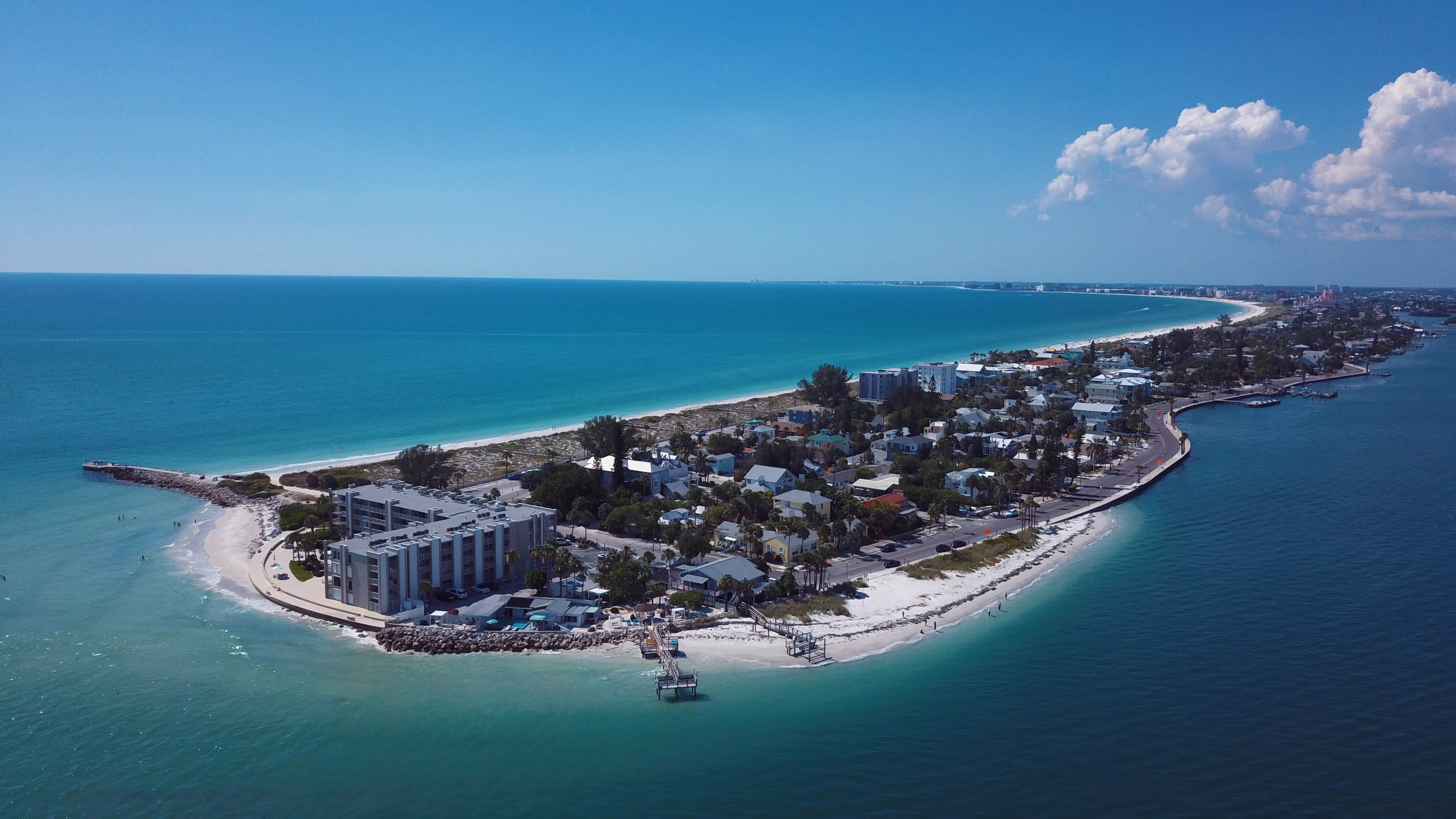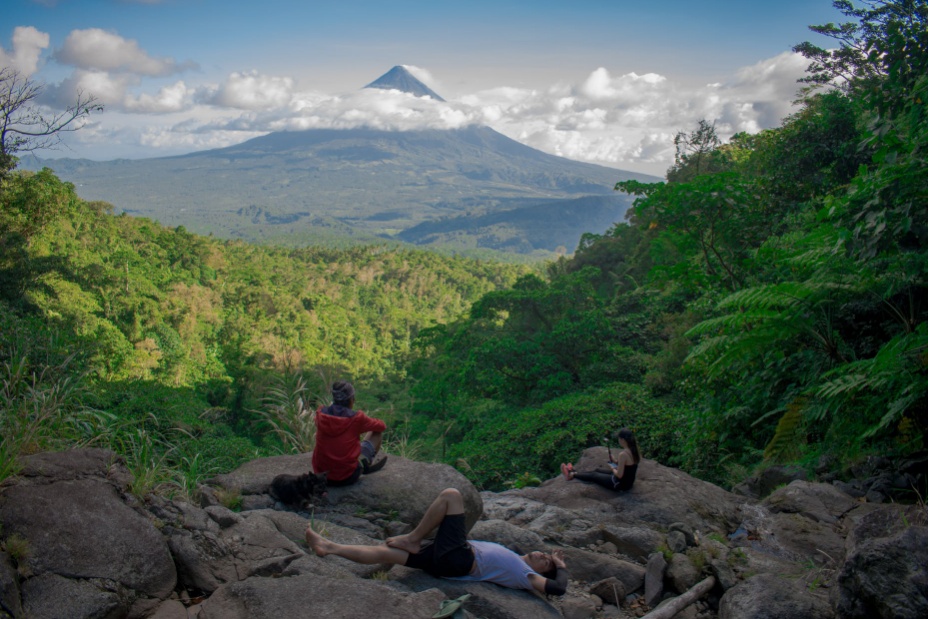Planning a trip to London can be very exciting; after all, to say that you would be spoilt for choice in the UK capital would be putting it mildly. However, when it comes to deciding where exactly to book your accommodation there, you might want to avoid the usual bustling hubs of tourist activity.
This isn’t only because such buoyant activity could push hotel prices beyond your practical budget; it’s also because the following areas of London have unjustly overlooked sights worth your attention.
Different Places In London Where You Do Not Like To Stay But To Visit
Eltham:
If you book a stay in Eltham, it should be for one reason above all: Eltham Palace. Initially, it isn’t easy to pin down whether this is a medieval palace or more of an Art Deco mansion, but one thing’s for certain: it’s a feast for history buffs feeling over-familiar with London’s abundant royal palaces.
Not that Eltham Palace doesn’t have a touch of royalty about it itself; after all, Henry VIII enjoyed it as a hunting spot, says Visit London. In the 1930s, it was overhauled with a strong Art Deco vibe.
Brixton:
At first, St James’s Park might seem like the pinnacle when it comes to soothing tranquility in the capital, but Brixton boasts: “Hold my windmill.” Yes, that’s right – Brixton has a windmill. You don’t even have to leave Zone 2 to find this glorious black-painted structure, which is a feature of Blenheim Gardens.
It’s a remnant of this area’s history as arable land outside the London metropolis until the latter’s growth swallowed it up. Watch out for the spring and summer tours here highlighted by Time Out.
Marylebone:
Culture vultures will be in their element in Marylebone, whether they are in thrall to visual art or the written word. That’s because it’s home to not only the Wallace Collection, which packs sumptuous ceramics, furniture, and artworks across dozens of galleries but also a similarly gorgeous bookshop.
That bookshop is the Marylebone branch of Daunt Books, where you can flick through piles of books – including a particularly broad selection of travel books – and admire the stunning wooden interior.
Camden:
Fancy some ice cream? Okay, so the answer will probably be a foregone conclusion if you’re planning a summer getaway, but you can particularly enjoy an ice cream parlor with a difference if you choose accommodation close to the Camden-based Chin Chin Labs.
The parlor’s staff use liquid nitrogen to freeze ice cream – in wacky flavors like watermelon and red velvet – in a way that would make Mr. Freeze jealous. You can even watch chemical clouds rising as your ordered creamy concoctions are made in the on-site laboratory.
Shepherd’s Bush:
Staying in the eight-story Dorsett Hotel, Shepherds Bush would put Europe’s largest shopping center, Westfield London, right on your doorstep.
The area is also a good base from which to explore a wealth of other London attractions – including the Eventim Apollo, just a five-minute drive away, and even Buckingham Palace. Reaching the Queen’s official London residence can take just a 35-minute trip from Shepherd’s Bush tube station.
Read Also:
- Top 10 Best Things To Do In Montenegro
- The Ultimate London Bucket List For 2019
- Top 10 Travel Destinations That You Need To Visit













